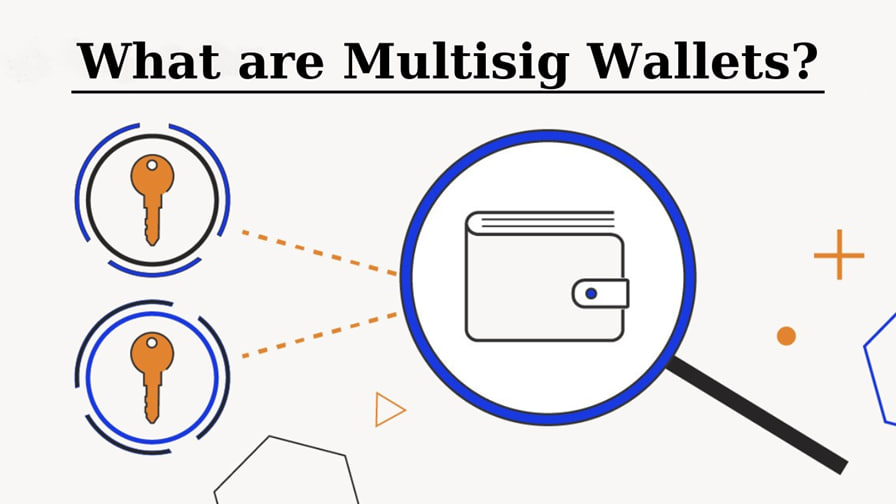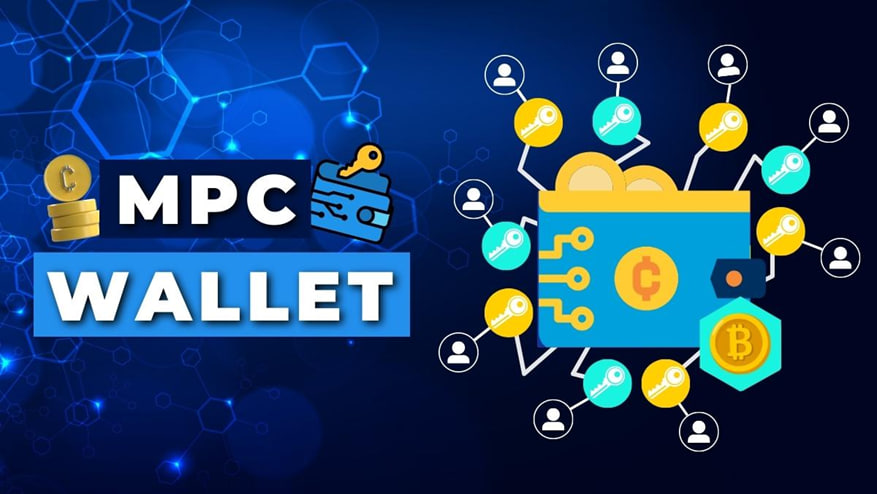As the value and volume of digital assets grow, so does the sophistication of wallet technologies. With the rise of exchange hacks and phishing attacks, protecting your crypto is no longer optional—it's foundational. Two of the most robust methods today are multisig wallets and MPC (Multi-Party Computation) wallets. While both enhance security, they operate on very different principles. Here's what you need to know.
What Is a Multisig Wallet

Multisignature wallets require multiple private keys to authorize a transaction. A popular format is 2-of-3, meaning two out of three signers must approve for a transfer to execute. This method splits control across people or devices and has been widely used on the Bitcoin network.
Benefits:
-
Redundancy: One key lost doesn’t equal lost funds.
-
Transparency: Signer activity is visible on-chain.
-
Native blockchain support: Direct integration with networks like Bitcoin and Ethereum.
Limitations:
-
Not supported by all blockchains (e.g., Solana).
-
High gas costs on some chains.
-
Reconfiguration (adding/removing signers) can be cumbersome.
What Are MPC Wallets

MPC wallets take decentralization a step further. Instead of creating a single private key, the system splits it into cryptographic shares. No single entity—even the wallet owner — ever holds the complete key.
How It Works: Each signer holds a partial key. Their pieces compute a valid signature during a transaction without reconstructing the whole key.
Advantages:
-
Superior security: No attack surface for full key theft.
-
Cross-chain compatible: Works even on blockchains that don’t support multisig.
-
Dynamic updates: Easily change participants without new addresses.
Drawbacks:
-
Less transparent (no on-chain record of who signed).
-
It may depend on third-party platforms.
-
Key recovery can be challenging if a share is lost.
📊 Security, Strategy, and Flexibility
The best wallet is the one that matches your use case. Whether you're a solo investor or managing a DAO treasury, using the right tool is key to minimizing risk. And suppose you're trading at scale or managing assets across protocols. In that case, trusted platforms can help verify trading performance and maintain transparent custody control in an increasingly complex environment.
Final Thoughts
There's no universal winner in the multisig vs. MPC debate. Each brings strengths for different stages of your crypto journey. What matters most is understanding the trade-offs and building a custody strategy that protects your assets while enabling growth in the decentralized economy.
Security isn't a one-time setup—it's an ongoing process. Start strong, stay updated, and never leave your keys—or your future—to chance.




评论 (0)